How to Manage Code in a Large Codebase
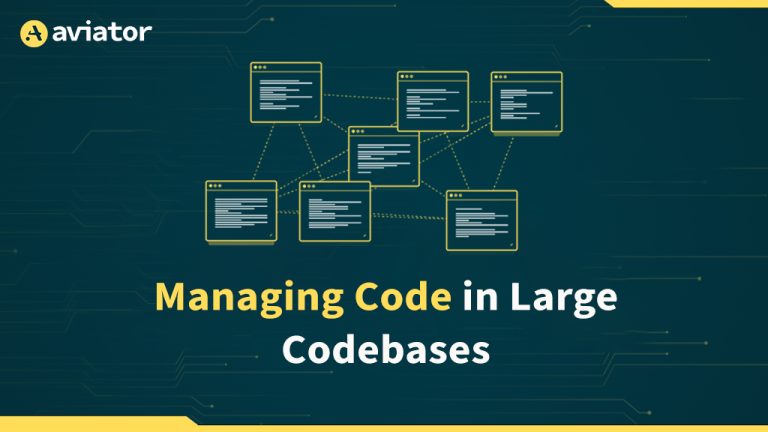
Managing a large codebase is challenging from handling technical debt to ensuring code quality. This guide shares best practices to keep projects scalable and maintainable
Monorepos don’t have to be a pain. Read our guides for workflows, tooling, and best practices on monorepo architecture.

Managing a large codebase is challenging from handling technical debt to ensuring code quality. This guide shares best practices to keep projects scalable and maintainable

Trunk-Based Development vs GitFlow isn’t just about git commands it’s about release culture. Choose between merging fast and shipping daily, or structured branching for controlled releases. This guide breaks down real-world workflows, CI/CD impact, and what it takes to migrate safely.

Monorepos can unlock significant productivity gains, but only if your team is prepared to invest in infrastructure, developer experience, and disciplined workflows.

Do we really need another blog talking about monorepos and polyrepos? Maybe not, but let’s try a new take on this Star Wars Day!
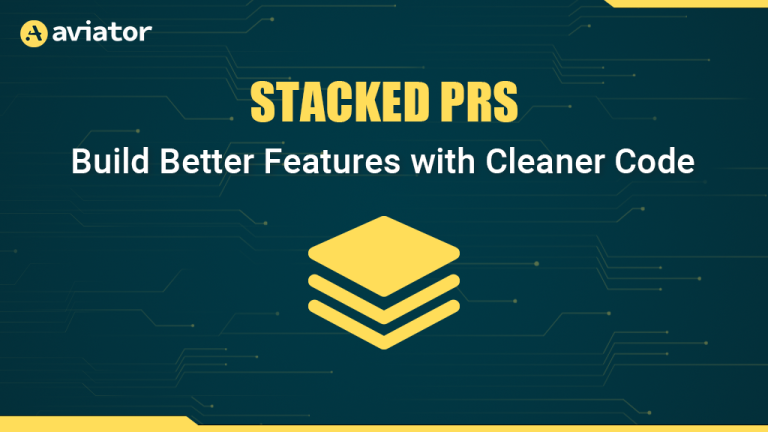
Stacked PRs work so well because they allow developers to construct a narrative with their PRs

Shifting from a monorepo to a polyrepo isn't just a matter of splitting code it's a rewrite of your entire developer workflow. Dependency boundaries, shared libraries, and tightly coupled CI/CD pipelines often make the transition painful. In this post, we explore when each model works best, why companies like Facebook and Netflix took different paths, and what to consider before making the switch.
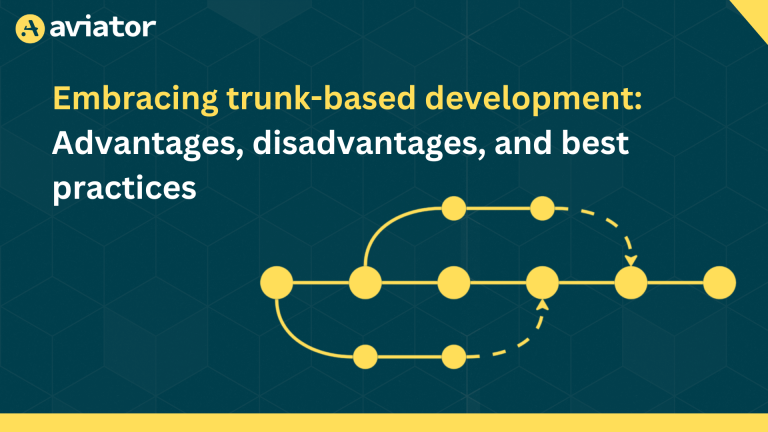
Learn about the advantages, disadvantages, best practices, and the role of merge queues in trunk-based development.
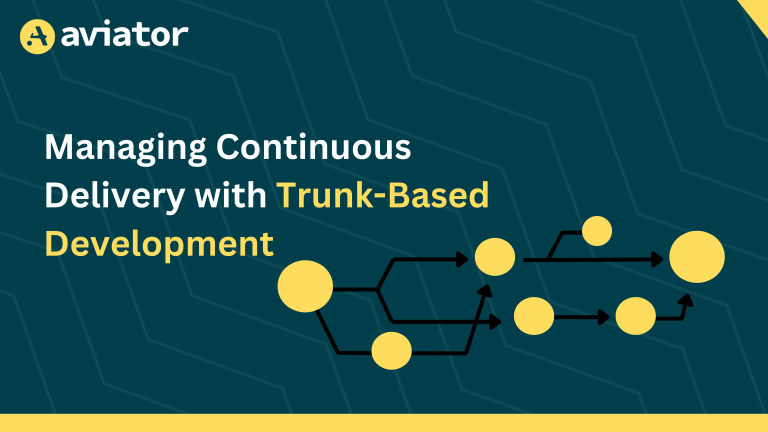
Trunk-based development enables faster, more reliable software deployment by making frequent, small commits to the main branch. This approach minimizes integration issues, supports continuous delivery, and enhances stability through automation, feature flags, and short-lived branches. This blog explores how trunk-based development aligns with CI/CD pipelines and offers best practices and tools to optimize workflows and maintain build stability.

Flaky tests, which fail unpredictably without changes in code or environment, can cause significant delays in development. They disrupt merge queues by blocking valid pull requests, leading to resets, wasted resources, and frustration among developers. Merge queues are designed to streamline the integration process, but flaky tests undermine their efficiency. Tools like Aviator MergeQueue help manage these challenges with features such as parallel testing and early validation. By addressing flaky tests and stabilizing testing environments, teams can ensure smoother workflows and more reliable CI/CD pipelines.
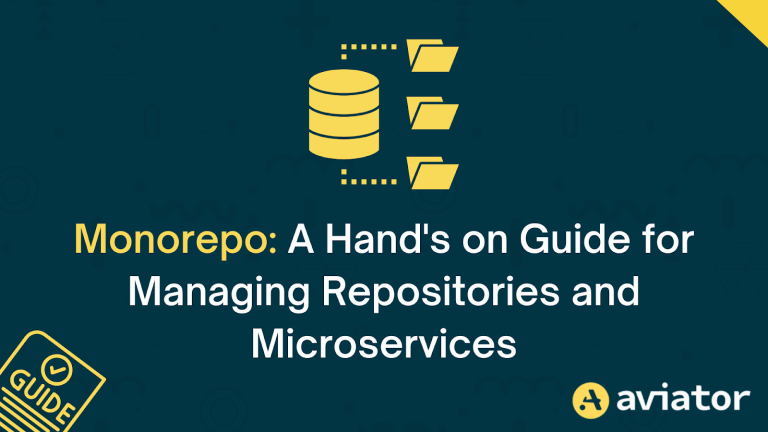
Managing large monorepos can be a daunting task. This guide will walk you through the considerations and the steps involved in managing a large repository.

Powered by WordPress